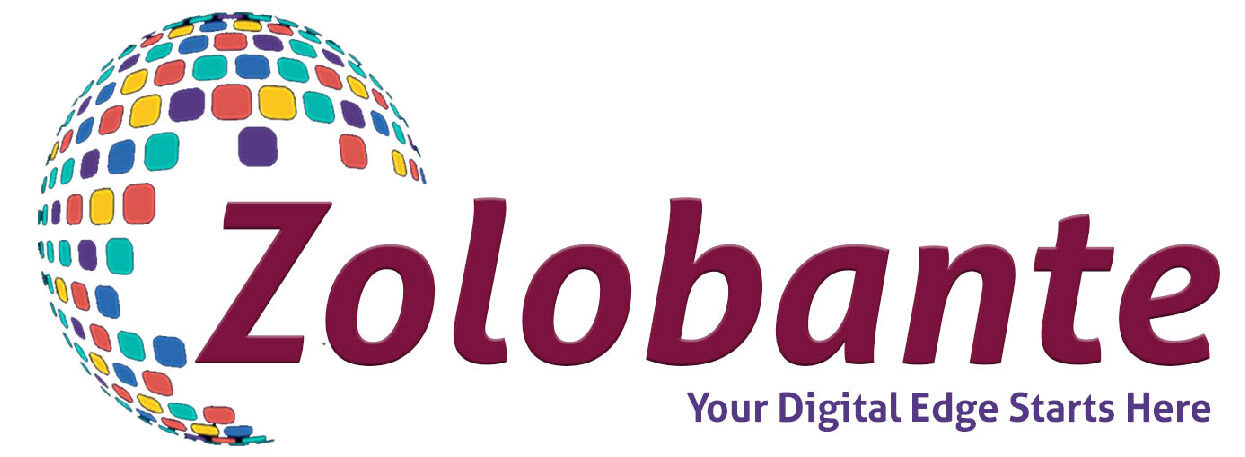In an era driven by constant output and productivity, a break feels like falling behind. Yet for creatives—designers, writers, artists, marketers, and developers—it’s usually thoughtful pauses that are the very fuel needed to keep long-term innovation and brilliance on track. This is where creative breaks come in handy: intentional periods of rest, contemplation, and discovery that restock your mind and rekindle inspiration.
What is a Creative Break?
A creative break is not zoning out or mindless scrolling through social media. A creative break is a conscious break from your work to replenish your mental and emotional capacity. It may be a walk, doodling without pressure, a visit to an art gallery, attempting a new hobby, or doing nothing for a while. The principle is to change your state of mind from tasking and be willing to receive new stimuli or rest.
Why Creative Breaks Matter
1. Avoid Burnout: Creative work takes emotional and mental effort. Without taking breaks, burnout will set in, and you will be unfocused and mentally exhausted.
2. Enhance Problem Solving: As the research indicates, a break from a problem enables your subconscious to still work on it. Some of the best problem-solving ideas arise when you are relaxed—such as in the shower, on a walk, or while napping.
3. Refresh Perspective: Repetition leads to tunnel vision. Intervals open you up to new environments, sounds, and experiences that can generate new ideas and fresh insights for current projects.
4. Boost Productivity: Paradoxically, it’s sometimes moving away from work that enables you to accomplish more. Following a decent break, you tend to be more focused, efficient, and prepared to tackle the next task.

Types of Creative Breaks
Micro-Breaks: 5–10 minutes each hour to stretch, breathe, or turn away from the screen. Perfect for hourly flow.
Mini Retreats: Spend an afternoon or a weekend doing something that has nothing to do with your primary craft. This could be nature, art, music, or even silence.
Mental Sabbaticals: Long periods of time off from certain kinds of work (e.g., no client work for a week) to focus on personal creative objectives.
How to Get the Best Out of Your Breaks
Be Intentional: Select activities that truly recharge you. Skip breaks to insert additional screen time or senseless scrolling.
Stay Curious: Spend the time discovering new interests or picking up old hobbies without stress.
Disconnect: Break from notifications and requests to the brain. Be analog if you can—read, draw, or take a walk outside.
Reflect: Note how you feel before, as well as after, your break. This can, over time, allow you to create more useful rest strategies.
Final Thoughts
Creativity is not an endless reservoir—it has to be nurtured and allowed to develop. Creative pauses are not signs of laziness, but of smarter working. If you are stuck or merely attempting to preserve your creative momentum, then perhaps the most sensible thing to do would be to take a step back. In a world that rewards constant hustle, embracing pause can be your competitive edge. So the next time you’re stuck, stressed, or jammed—take a step back. Your best ideas may be on the other side of an epic break.




